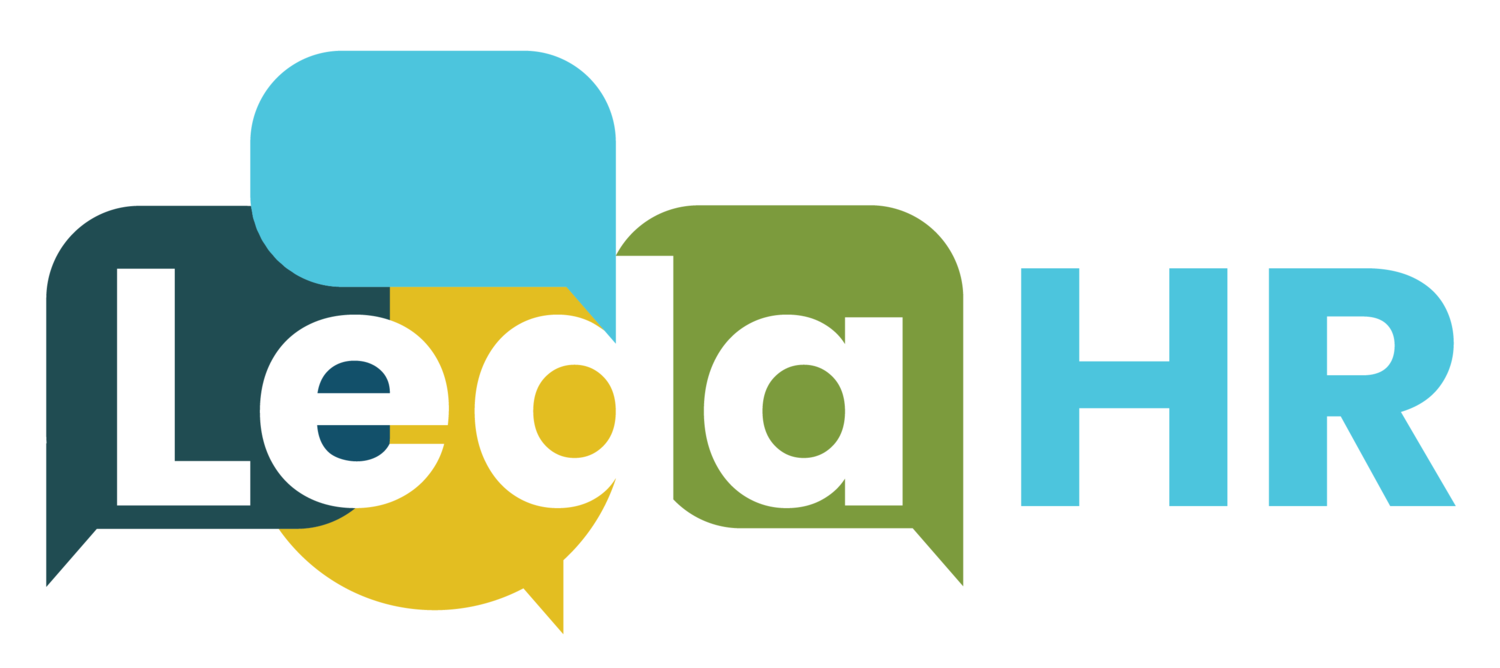Remote Work: A Win for People With Disabilities and Many More
Photo credit: Canva.com
By Lindsay Bissett
“When we design for disability first, we often stumble upon solutions that are not only inclusive but also are often better than when we design for the norm.” -Elise Roy
Remote work. Remember when it was generally accepted that people had to work in-office? Then overnight we all had to adapt to working from home. Not to discount the challenges this unexpected change posed, including one of my favorite internet moments where adorable children interrupt their Dad’s BBC News interview, but this change ended up being incredibly beneficial for many people.
Carbon emissions, travel time and costs, all saved. Women and people of color also report being happier working from home. Working from home can offer a stronger work life balance, reduce anxiety, fatigue, and the potential for workplace prejudice. People with disabilities report being more included in the workforce as a result of working from home, with decreased need for workplace accommodations and increased flexibility in general. Flexibility remains a top priority for those in and entering the workforce.
All of this makes working from home a huge inclusive design win. This is why we cannot stop talking about the benefits and advocating for inclusive design.
What is inclusive design?
Inclusive design is a design process in which a product, service, or environment is designed to be usable for as many people as possible, particularly groups who are traditionally excluded from being able to use an interface or navigate an environment. (via Wikipedia)
In many instances Inclusive Design parallels with workplace Decolonization efforts which are described as challenging and undoing the influences of colonial thinking, thereby dismantling the power structures that perpetuate systemic inequalities. In the workplace, decolonization implies scrutinizing existing practices, policies, and decision-making frameworks to identify and eliminate any vestiges of colonialism. In essence, it demands a shift in perspective from a Eurocentric, hierarchical model to a model that recognizes and respects the cultural diversity, values, and rights of Indigenous people.
In the end, both inclusive design and decolonization have an ultimate goal of inclusion and equity. These are goals leaders and organizations should share.
Return to office trend.
When reading the title of this blog we may feel transported back in time to 2020/21. This is because despite the benefits working from home can bring, many leaders and organizations have started implementing returns to office. Return to status quo.
Now, I am not here to pretend there are no challenges with remote work, what I am here to say is that the benefits outweigh the challenges. I challenge leaders to fight the status quo, expect of yourselves what you expect of your teams- flexibility, innovation, evolution, personal development and ultimately productivity. Adam Grant says pushing the status quo is necessary for organizations to make “painful but necessary” changes.
Why should we continue to encourage remote work? Here are 3 reasons:
1. Better work life balance
Time management is a tale as old as time when it comes to common workplace challenges. Working from home helps bring ease to this common challenge. Not to mention the ability for parents to have more time with their kids by having little to no commute, and/or making time with aging parents more feasible and less disruptive. Some people report even getting more exercise and eating healthier as a result of working from home. My dogs certainly love having me around!
Removing additional scheduling challenges that come along with traditional in-office work, and associated commute, is good for overall mental wellbeing. Removing worries is good for people’s mental health. Mentally well people perform better, and employees who have their mental wellness prioritized at work have increased loyalty, thus increasing retention.
2. Increased inclusivity, decreased bias
Escaping discrimination by working from home via the LA times, with LinkedIn data, provides great insight to this topic.
“Companies may be calling workers back to the office, but many want to stay home, particularly those who come from underrepresented groups.More and more people want remote work, but we’re having fewer and fewer remote jobs, and more and more companies are asking people to not only not have remote jobs, but to come back into the office. That disconnect might become a problem as our companies start to look at, ‘how do we attract that talent?’”
Remote work, as discussed above, reduces the potential for bias, stigma and prejudice, while increasing people’s ability to access jobs, and increasing their potential to thrive in those jobs.
3. Attracting Top Talent
With many companies pushing for return to office, remote work is more of a competitive edge than ever before.
Breaking down geographic barriers, being an employment environment that is more appealing to IBPOC folks, women, and people with disabilities is a benefit for any organization looking to be an employer of choice. Plus saves money on office space!
Remote work. It’s not the future, it’s the now. It’s the right now and the right thing for leaders and organizations who are on a journey of equity, inclusion, diversity, and decolonization. Be brave, be bold, break the status quo and, if you want, work in your pajamas. Workplace flexibility for the win!
About Lindsay Bissett:
By day Lindsay is a Wellness and Disability Management Consultant, with a flair for social media and mental health advocacy. By night she is a mother of two, green smoothie aficionado, podcast listener, and active glamper.
Follow Lindsay on social media!

